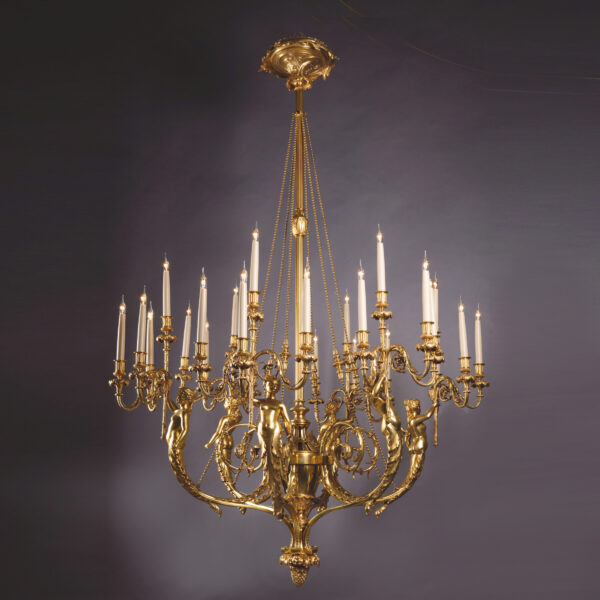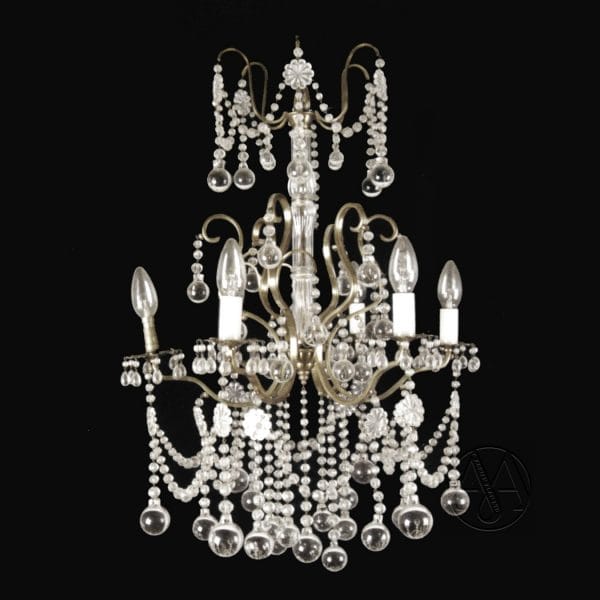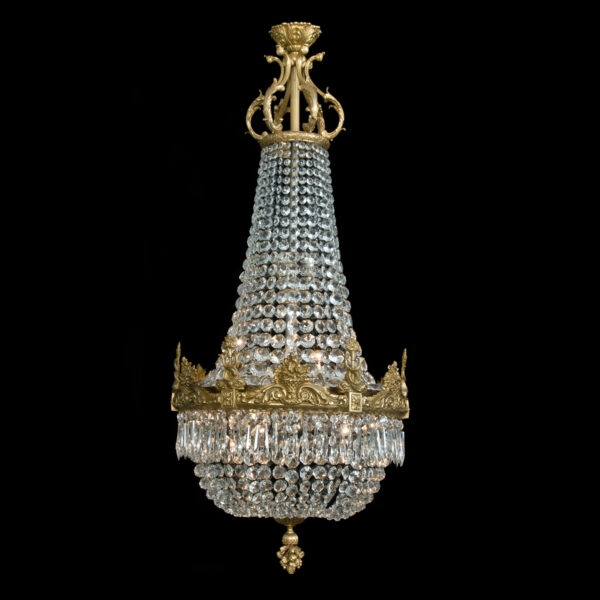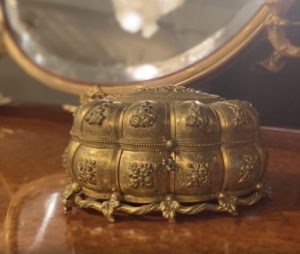Perry & Co.
鎏金铜、切割和模制玻璃九灯吊灯
£64,000
A Fine Gilt-Bronze, Cut and Moulded Glass Nine-Light Chandelier. This elegant chandelier has a moulded glass ovoid and baluster stem with gilt-bronze...
尺寸
Height: 93 cm (37 in)Diameter: 70 cm (28 in)
Weight: 17 kg
描述
A Fine Gilt-Bronze, Cut and Moulded Glass Nine-Light Chandelier.
This elegant chandelier has a moulded glass ovoid and baluster stem with gilt-bronze circlet, surmounted by a scrolling gilt-bronze acanthus corona, above a finely cut dished receiver bowl issuing three sets of scrolling arms with lobed cast sconces and moulded drip trays, hung all over with chains of octagonal flatbacks, facet cut pear drops and round icicles, terminating in a facet cut ball terminal.
French, Circa 1910.
Approximate weight 17 Kg (37.5 lbs)
日期
约1870年。
原产地
England
William Perry is first recorded in partnership with William Collins at 227 The Strand, London, then from 1803 he joined William Parker, as Parker and Perry. William Parker was the leading chandelier maker of the late eighteenth century, supplying fashionable households, and royalty, as far afield as the Emperor of China. Between 1783 and 1786 alone, Parker had supplied chandeliers costing over £2,500 to the Prince of Wales for his London residence, Carlton House.
Parker and Perry together were commissioned for a fifty-six light Chandelier for the Crimson Drawing Room in Carlton House at a cost of over ¬£1,000. It was completed in 1808 and was fourteen feet high and six feet six inches in diameter. William Pyne, whose great work on the Royal Palaces was published in 1819, considered this chandelier to be one of the finest in Europe. Many of Parker and Perry’s chandeliers were removed at the dismantling of Carlton House, and placed in Buckingham Palace where they remain today.
In 1817 William Perry went on to establish himself independently at 72 New Bond Street as ‘Glass Manufacturer to the Prince Regent’ (possibly wresting the appointment from Parker), and was joined in 1822 by his nephew. The company became George Perry & Co in 1833. It was to become one of the most sucessful manufacturers of its time.
Perry & Co. supplied the nine ‘inverted parasol’ chandeliers in the Music Room of the Royal Pavilion, Brighton, for the Prince Regent, at a cost of ¬£4,290.12s. On the sale of the Royal Pavilion to the commissioners of Brighton in 1850 they were removed and taken to London. All but four, which remain in Buckingham Palace, were returned to the Pavilion in 1864.
Perry & Co produced a range of lighting fittings, all using the highest quality English cut-glass drops.
The Victoria and Albert Museum holds a book of sketches of ‘classic’ Perry chandeliers from the 1860’s and 1870’s, which are frequently annotated with the dates of the order and the names of those who had ordered them.
Bibliography:
Mortimer, Martin , The English Glass Chandelier, Antique Collectors Club, (Woodbridge, UK); 2000, p. 19.
Parrott Bacot, H. Nineteenth Century Lighting, Schiffer Publidhing, 1988.
Mortimer, Martin , The English Glass Chandelier, Antique Collectors Club, (Woodbridge, UK); 2000, p. 19.
Parrott Bacot, H. Nineteenth Century Lighting, Schiffer Publidhing, 1988.
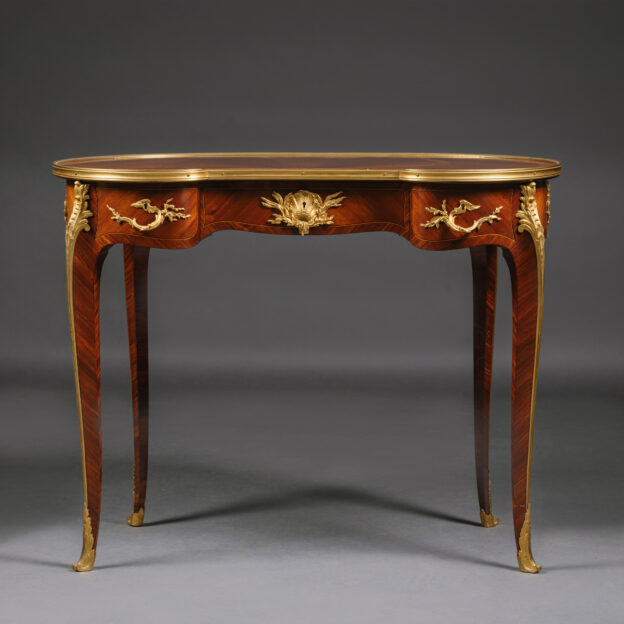




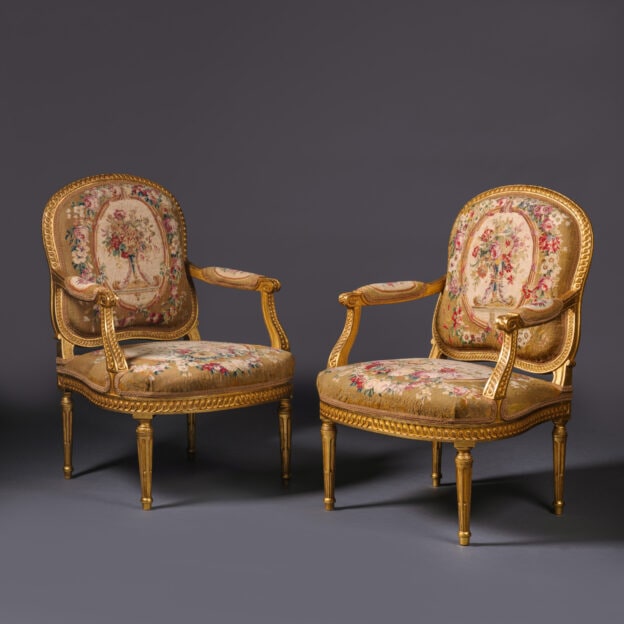
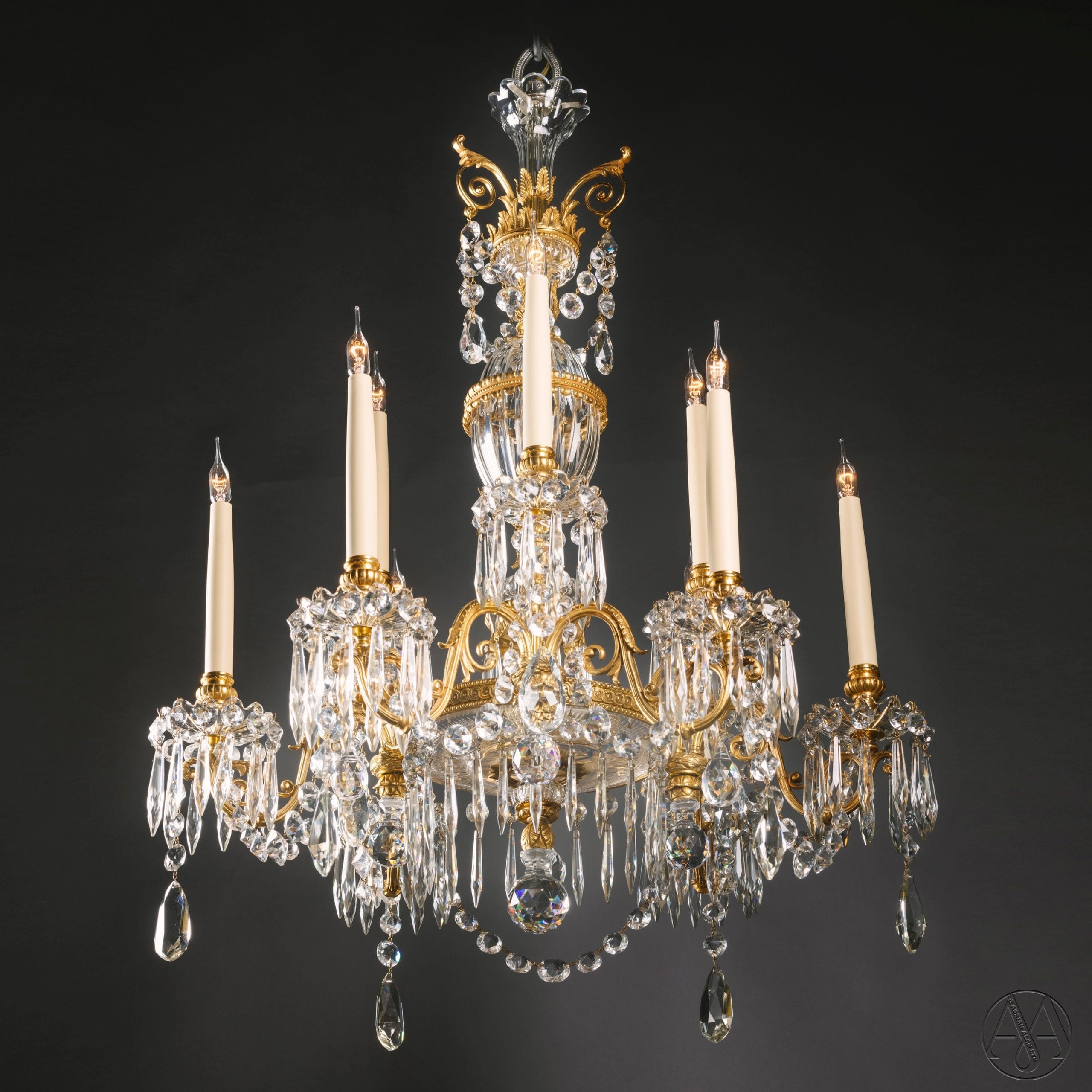
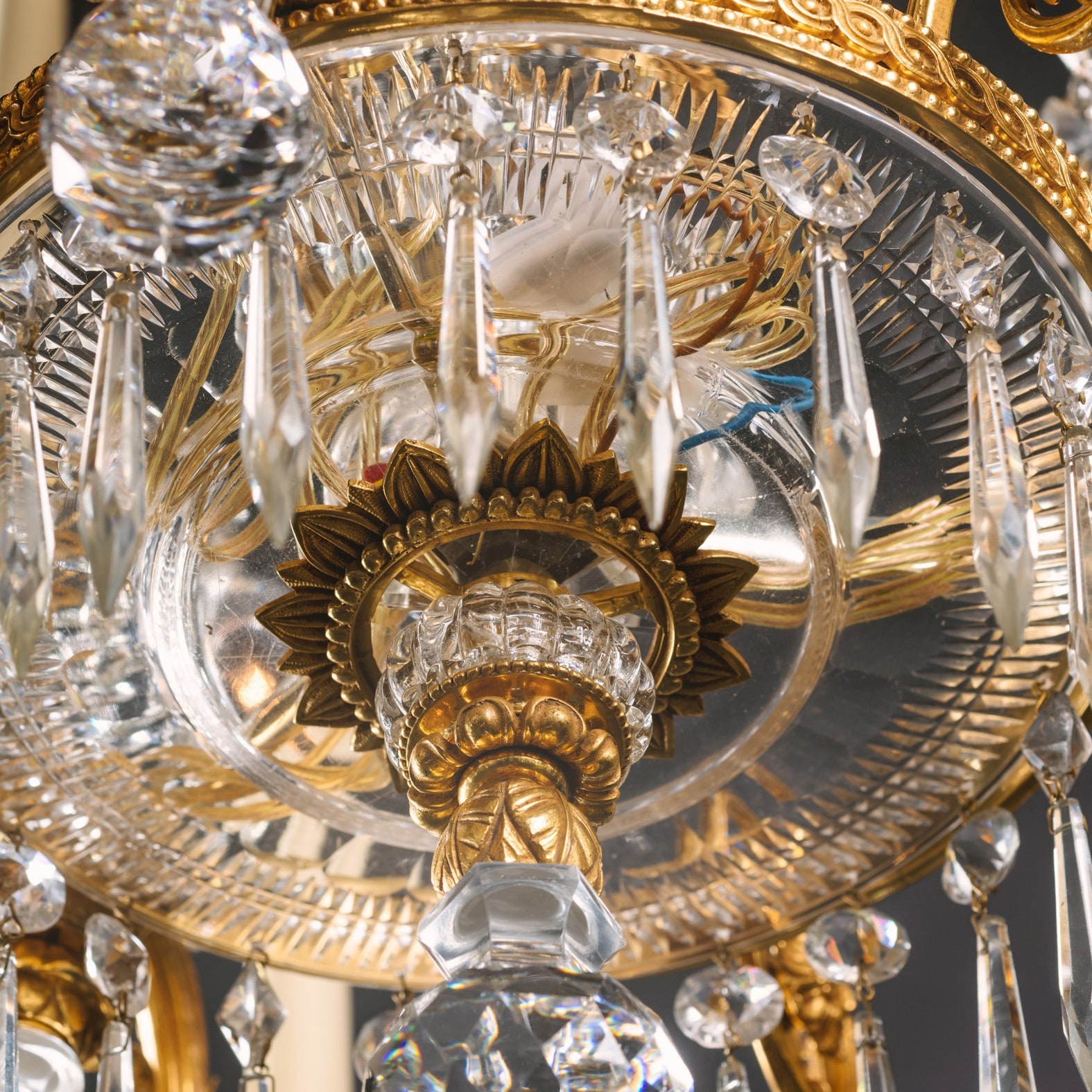
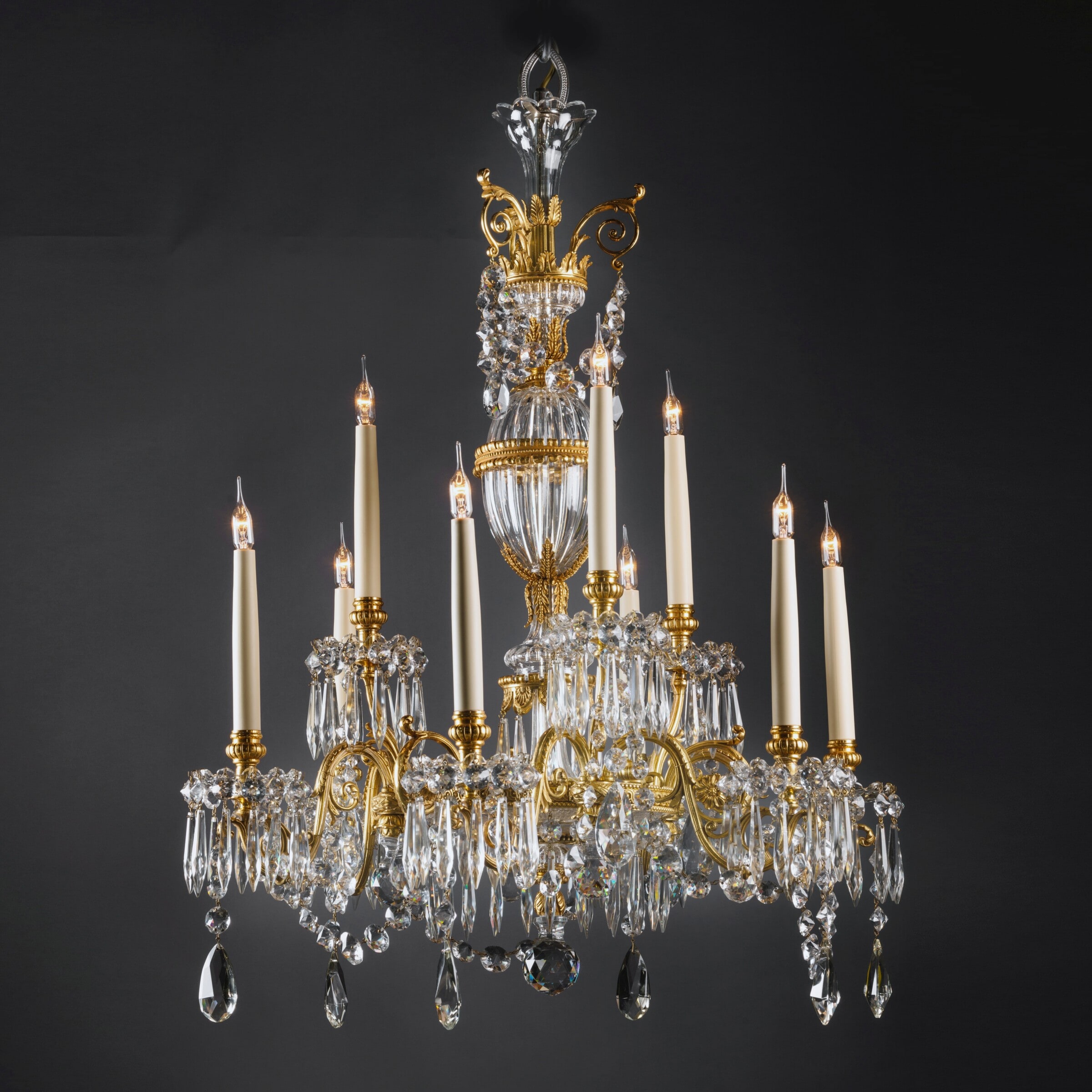
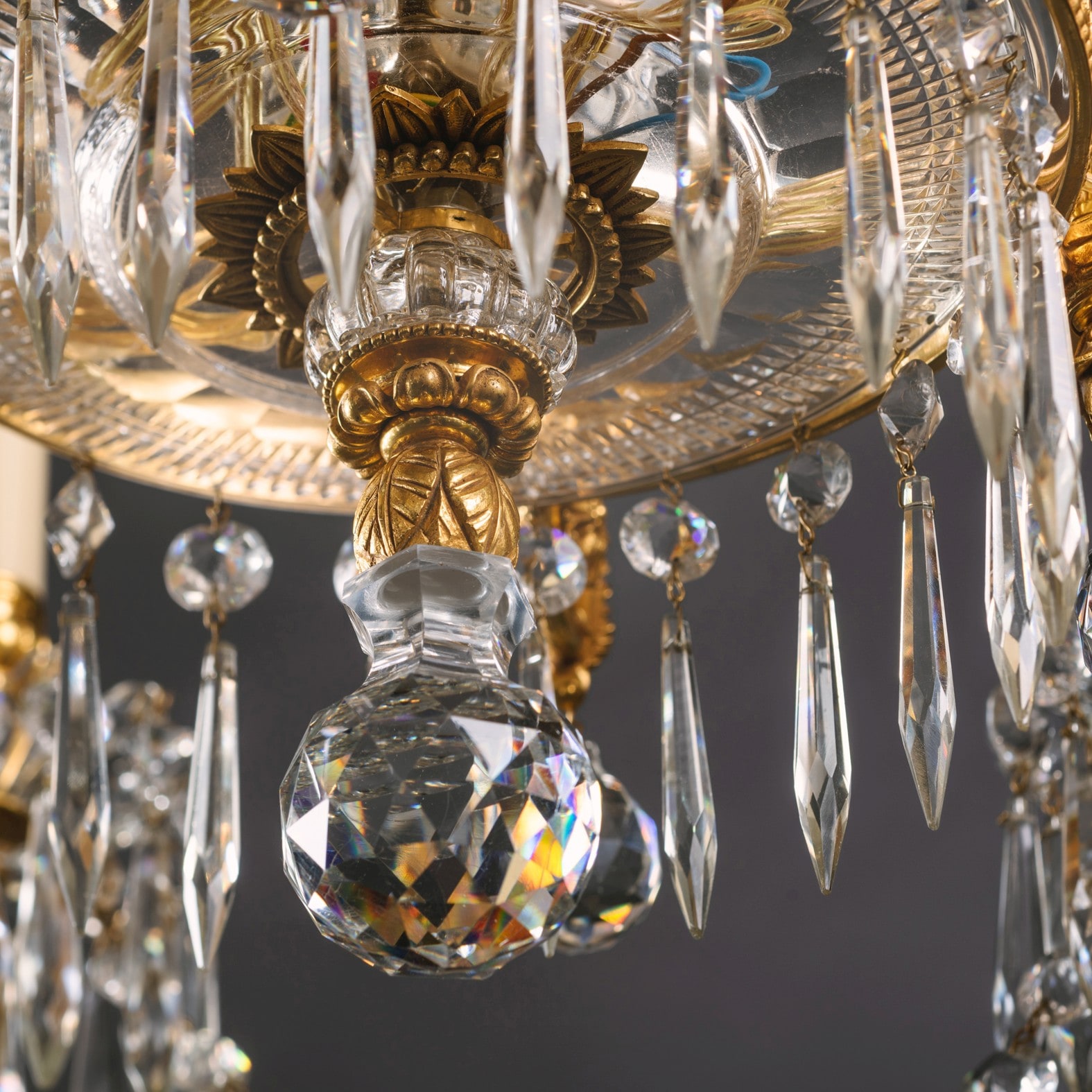
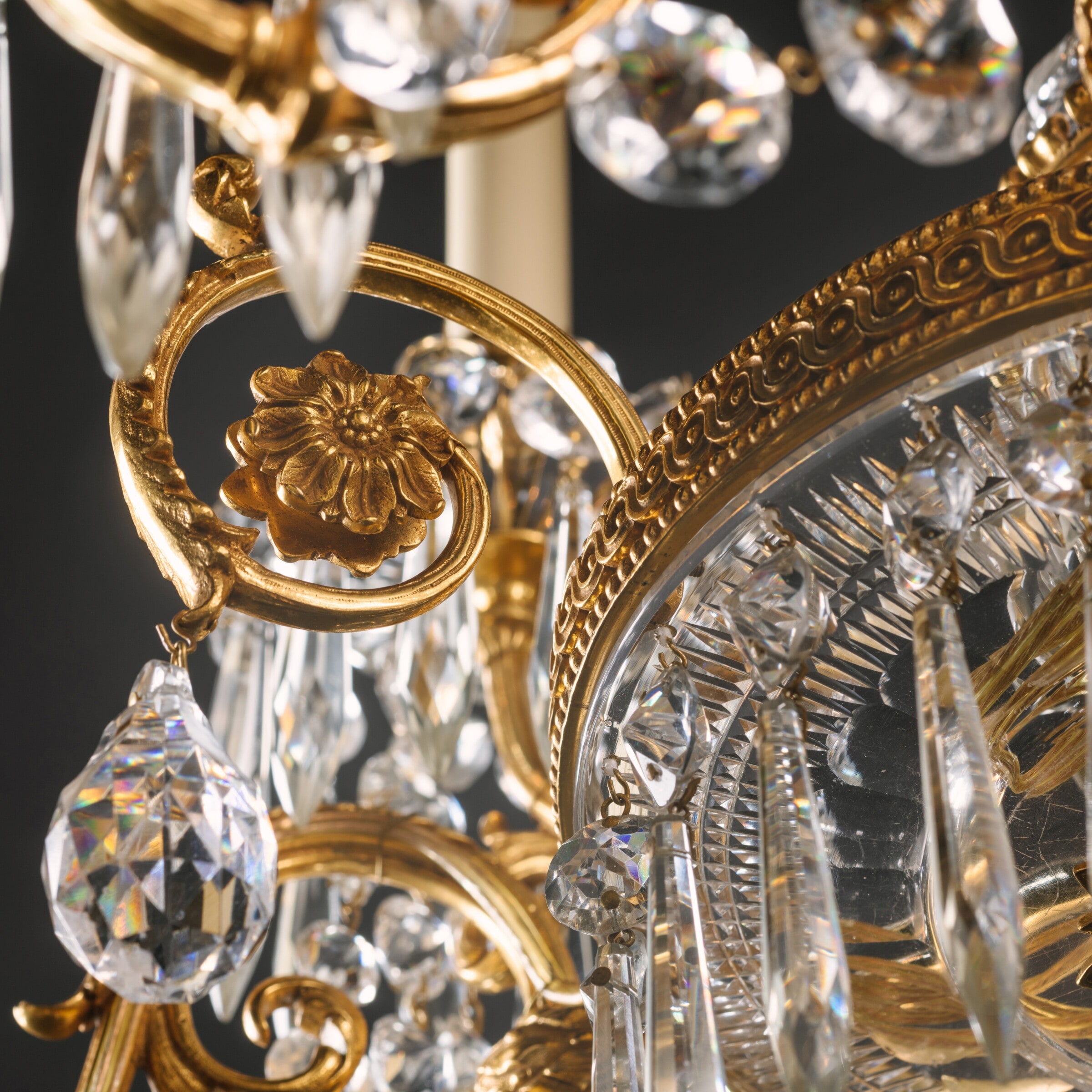
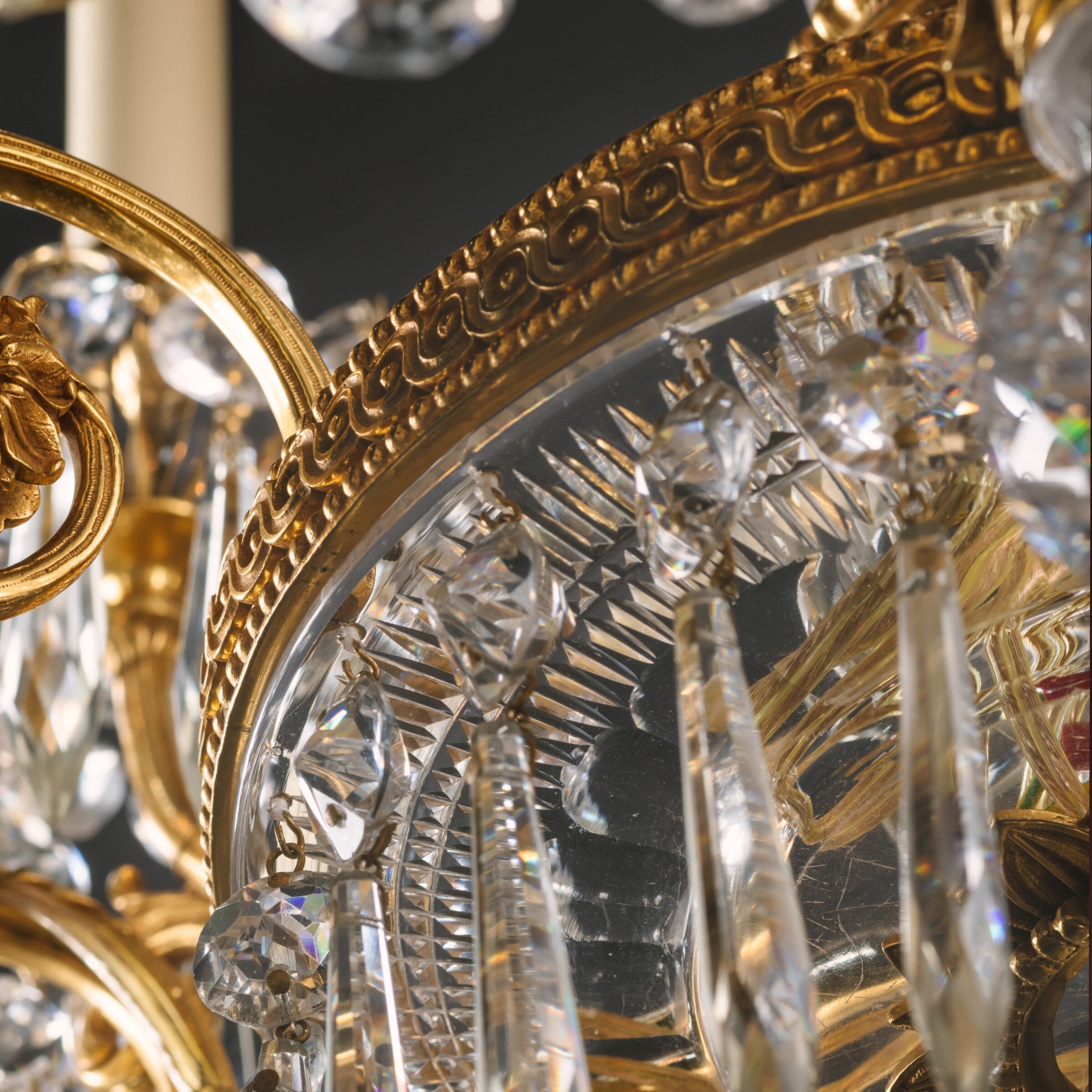
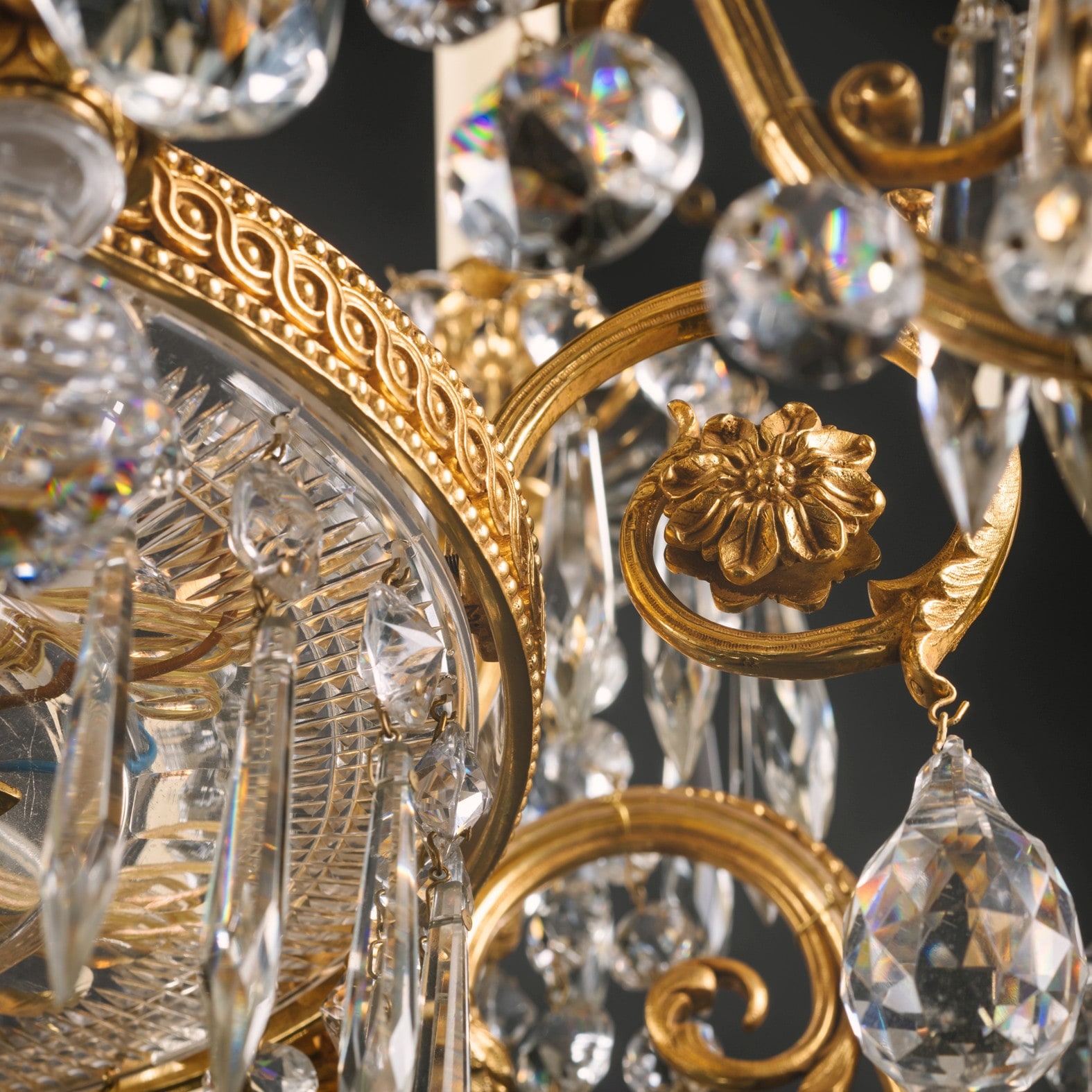
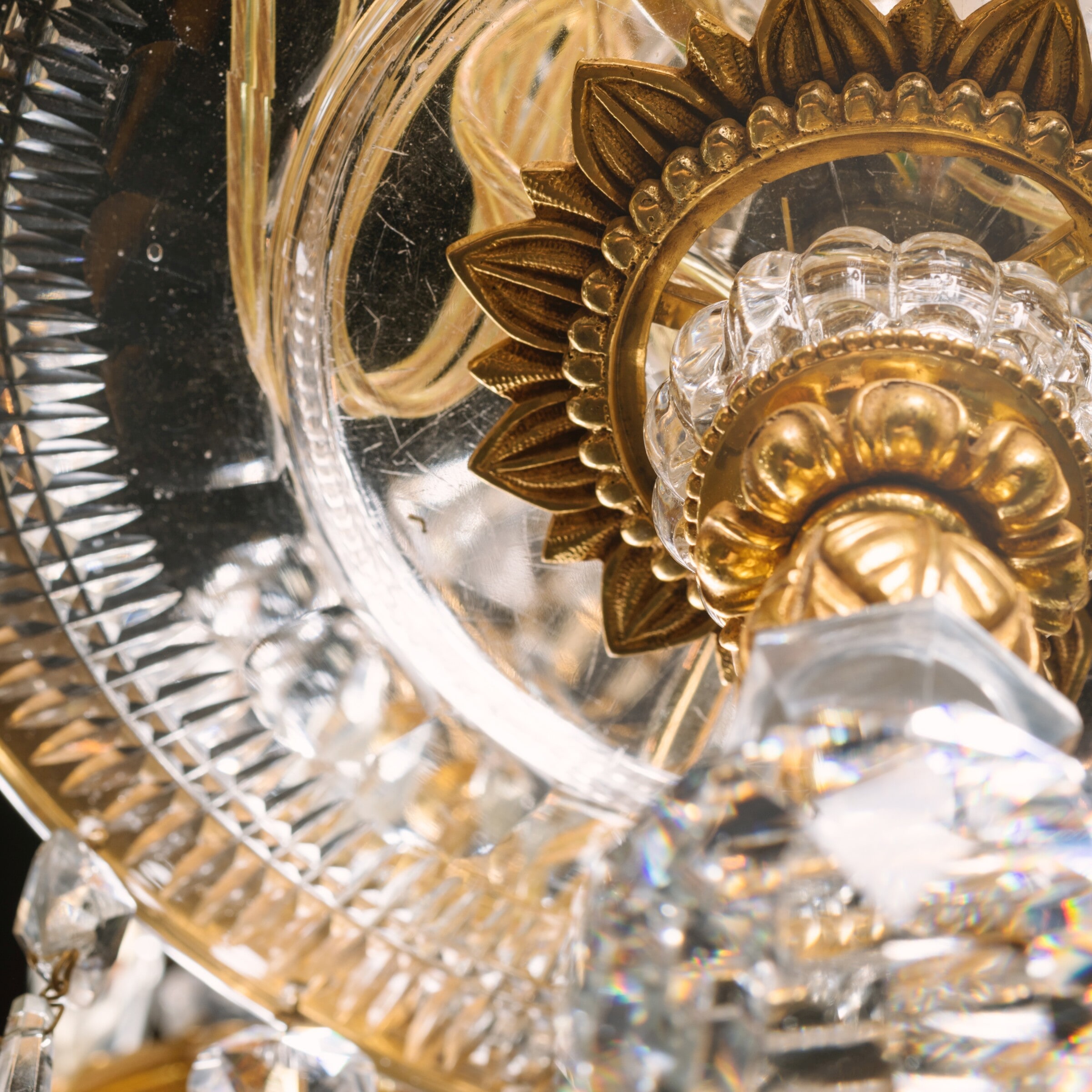
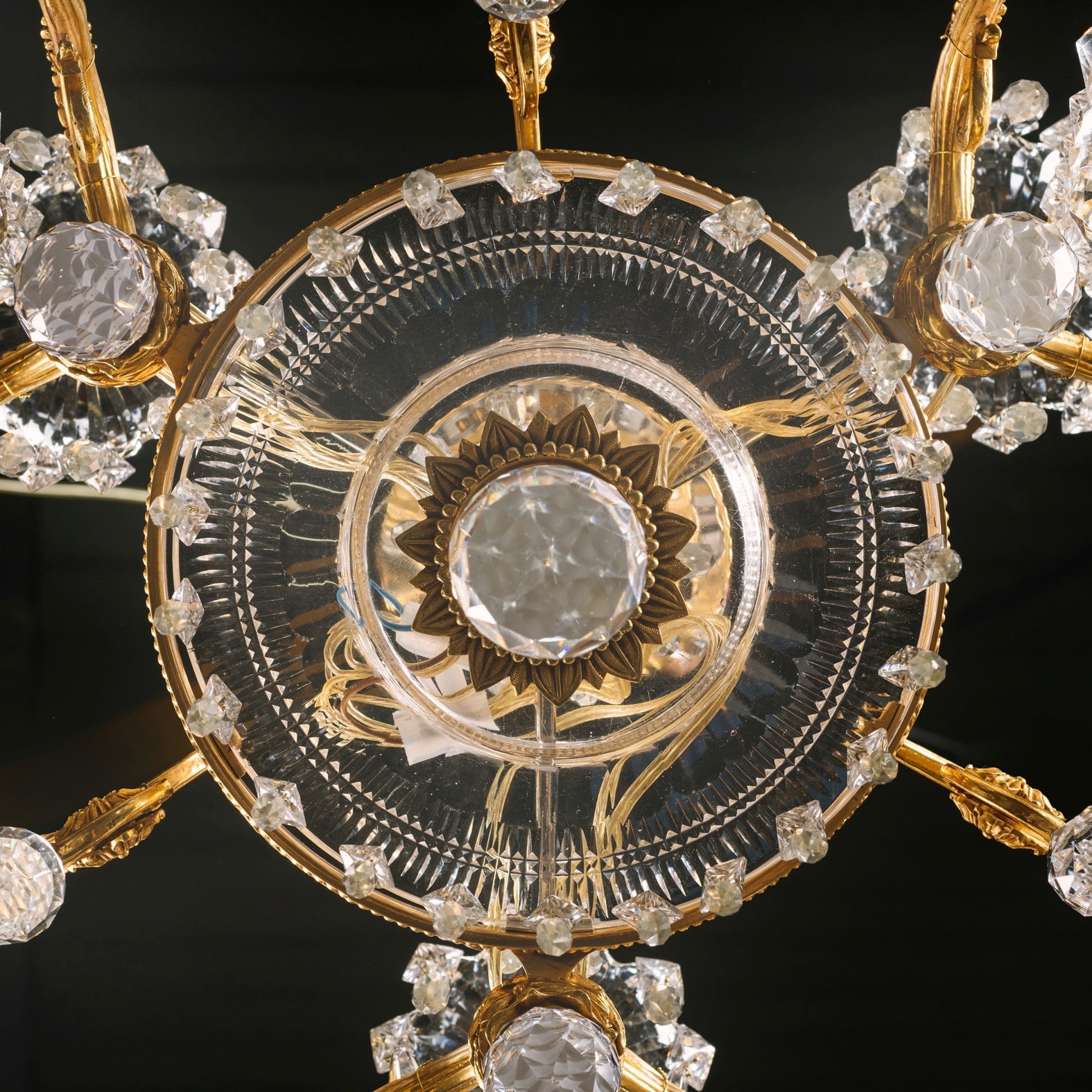
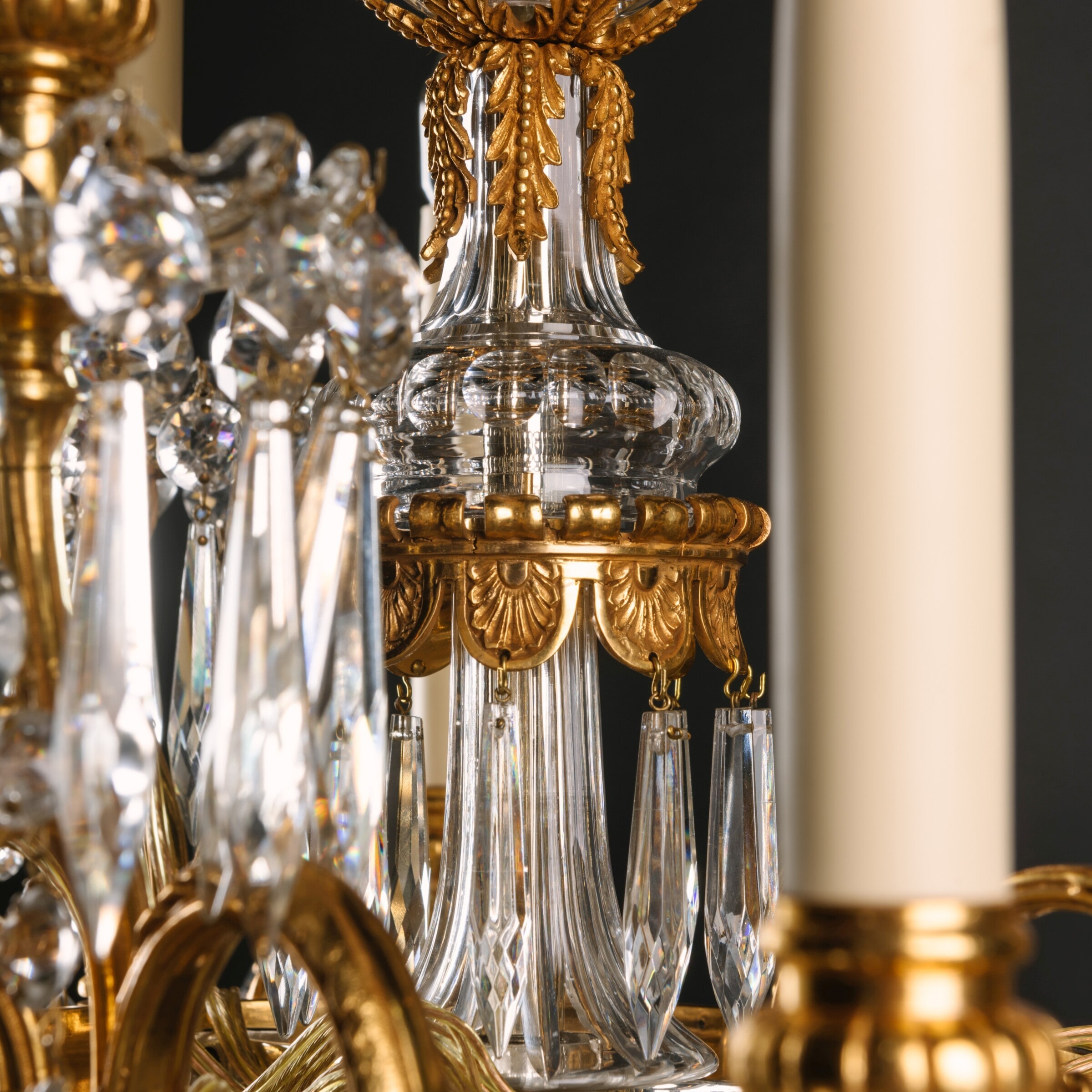
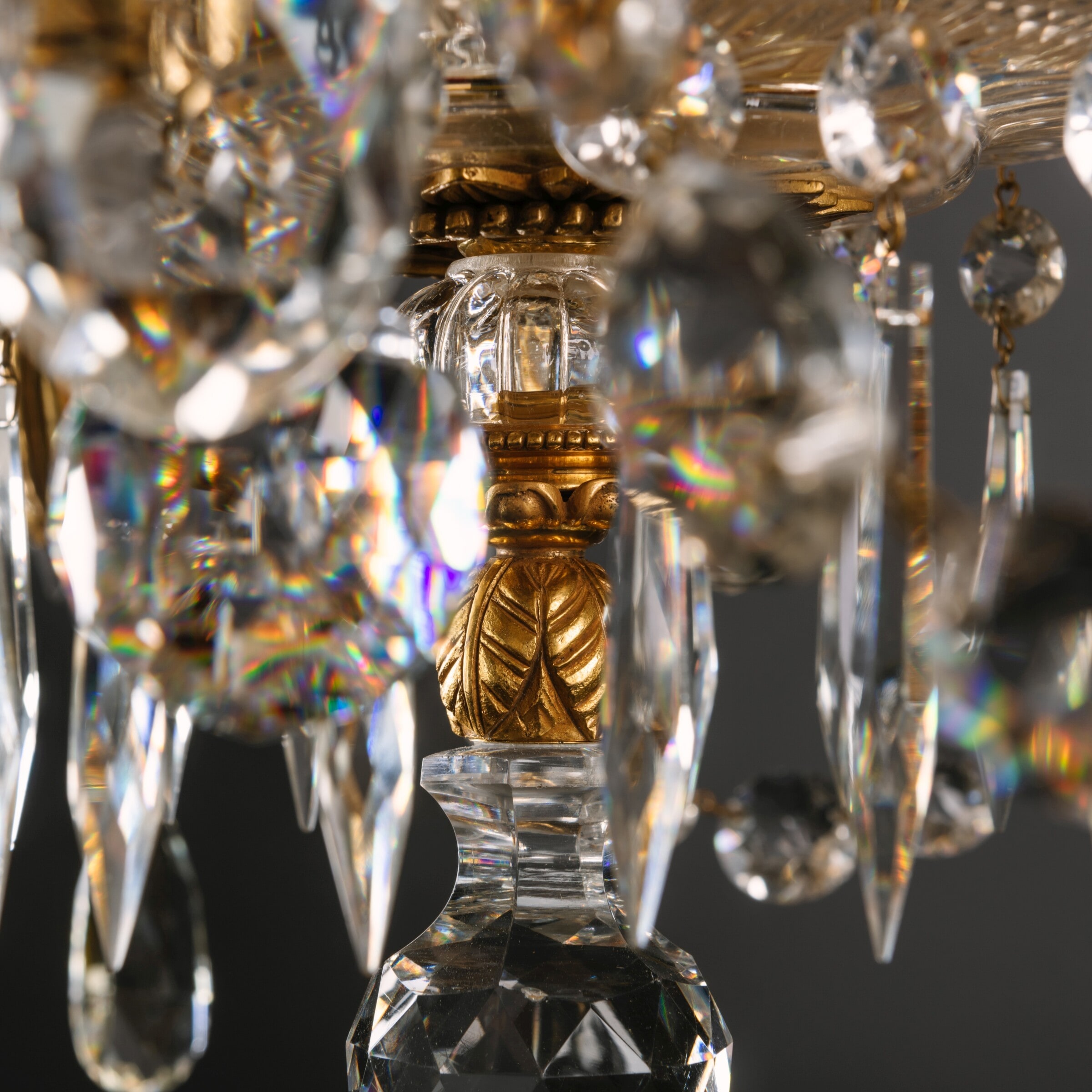

 印刷品
印刷品